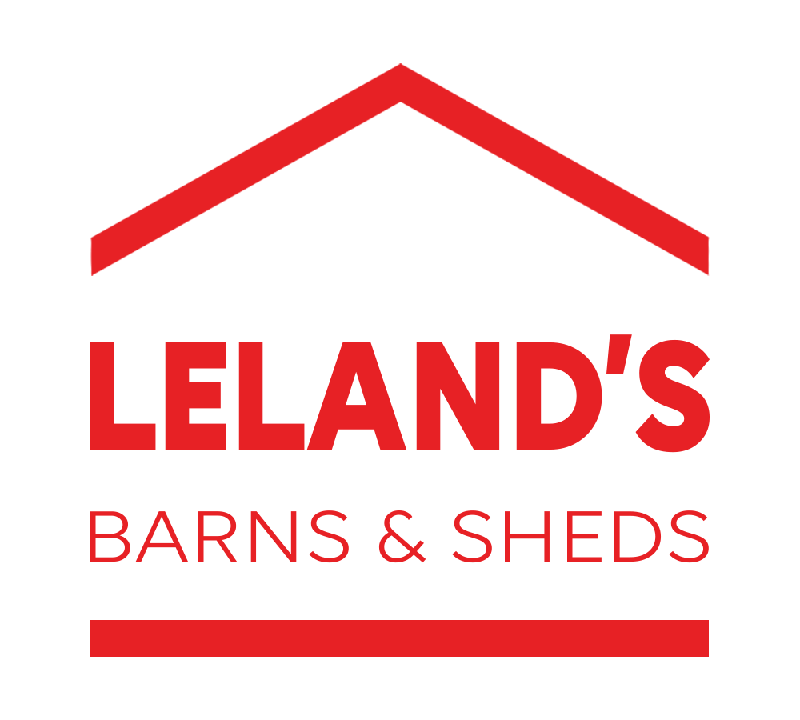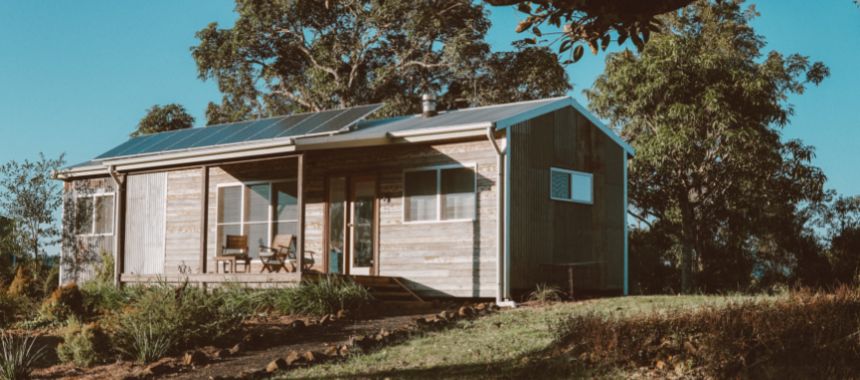Things You Need to Know About Tiny Houses
The latest real estate phenomenon sweeping the country is the tiny house movement, not sprawling lawns and mini-mansions. Yes, homeowners across the country are preferring to downsize to live a simpler lifestyle in a small house. While this shift may seem appealing, let’s consider some factors before clearing out your garage and embracing the tiny home community.
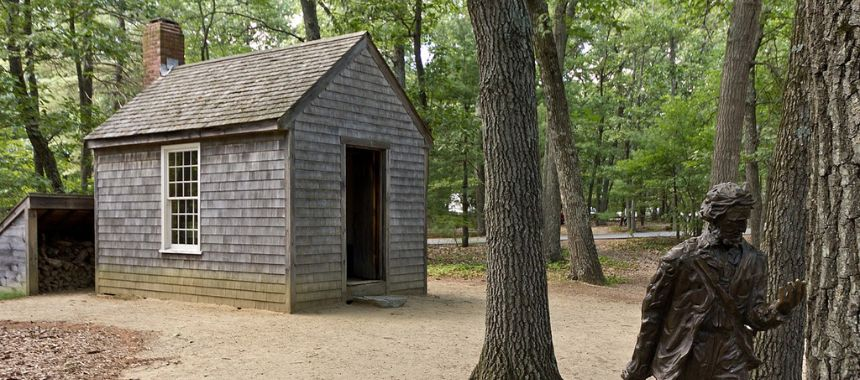
Throwback of the Tiny House Movement
The tiny house movement can be traced back to Henry David Thoreau, a 19th-century American environmentalist, and essayist. His classic Walden (1854) inspired modest living in a natural setting.
Jay Shafer, known as the “Godfather of Tiny Houses,” pioneered the contemporary trend by building a tiny house on wheels and publishing The Small House Book in 1999. Shafer co-founded Tumbleweed Tiny Houses before departing to pursue social justice and housing rights.
Today, there are over 2.5 million Instagram pictures with the hashtag #tinyhouse, a sizeable online following, and a growing number of documentaries and TV shows, such as Netflix’s Tiny House Nation and a series featuring UK architect and TV personality George Clarke.
Elon Musk, the multibillionaire Tesla CEO, is one of the movement’s most recognizable advocates. Musk upped the ante by renting a modest cottage in Boca Chica, Texas, while working on his SpaceX enterprise.

How Many Square Feet is Tiny House?
Although the term “small house” may appear self-explanatory, it is more appropriately defined as any dwelling less than 500 square feet. They can also be constructed on a movable platform or a permanent foundation. The average cost of a small house is between $50,000 and $150,000, depending on the amenities and materials you will use.
How to Determine the Size of Your Tiny House?
If you don’t know how big your small house should be, start with 200 square feet. Could you picture living in such a small space?
See pictures of tiny houses of that size and consider what you would like to add or remove. Continue doing this with other dimensions of tiny homes until you believe you’ve discovered the size in square feet that will fit everything you need and be suitable for you.
It’s also important to consider if you want a tiny house on wheels or one constructed on a base. If you’re going to construct your home on a trailer, you must also consider the road restrictions.
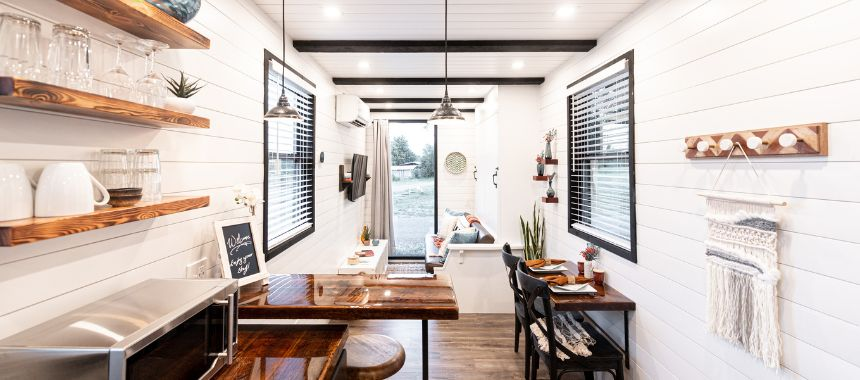
The Benefits of Living in Tiny Homes
Affordable
A smaller residence is often less expensive. According to the National Association of Realtors, the typical home sale price in June 2021 was $363,300. In comparison, building a tiny house can cost a minimum of $50,000. The cost will depend primarily on whether you’re constructing on a foundation or wheels, plus the materials and style you choose.
Utility expenses are also reduced because you just need to power a small area. Since many tiny houses are designed to be energy efficient, your utility bills may be considerably cheaper than you think. Alternatively, if you move your little house off the grid, you can eliminate these costs entirely.
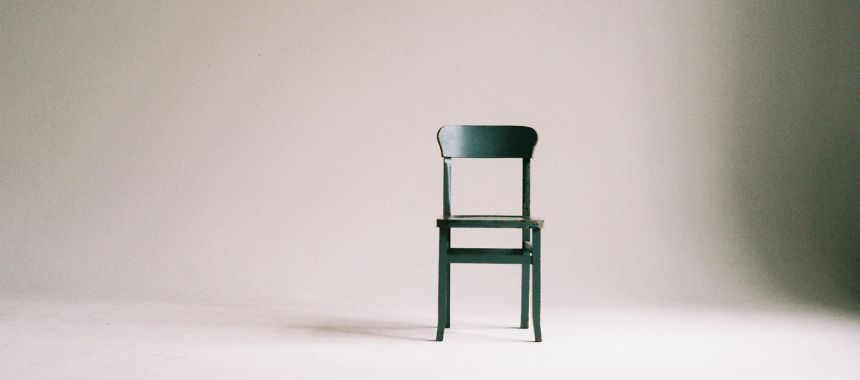
Forced Minimalism
Another reason tiny homes are super-affordable is that they limit the amount you can buy. You will be conscious of everything you bring into your home. Tiny homes teach you how to live freely by surrounding yourself with only the things you need.
Do you enjoy shopping online? There isn’t as much space for goods in a tiny house, you might need to choose another activity. It’s another reason your financial status will improve because of your modest dwelling.
Reduced Carbon Footprint
A smaller loft has a lower carbon impact. According to the American Institute of Architects, a small house emits 2,000 pounds of carbon dioxide annually, significantly less than an average-sized home’s 28,000 pounds.
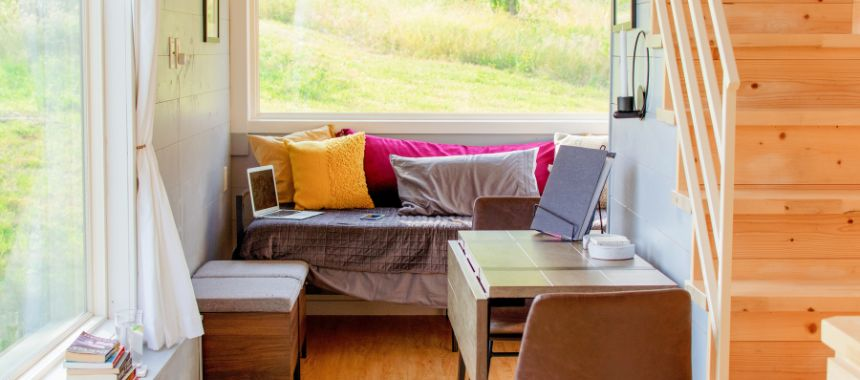
The Disadvantages of Tiny Homes
Forced Minimalism
The simplicity needed in tiny homes can also be viewed as a drawback by some. Your little home might not have enough space to wash and dry your clothes or even a full-size fridge. If you don’t like heading to the laundromat or the grocery store multiple times a week, your new lifestyle may be frustrating to you initially.
Location Restrictions and Zoning Regulations
Finding a legal location for tiny homes can be difficult sometimes. According to the American Tiny House Association, the major challenge with going tiny is a shortage of places to build.
For instance, if a tiny loft is mobile, it may be classified as an RV. According to Tiny House Society, which keeps track of state-by-state rules, several states prohibit full-time RV living anywhere other than an RV park. If it is built on a foundation, it might be regarded as an accessory dwelling located on land with another existing residence.
As you research your options, verify your federal, state, and local regulations.
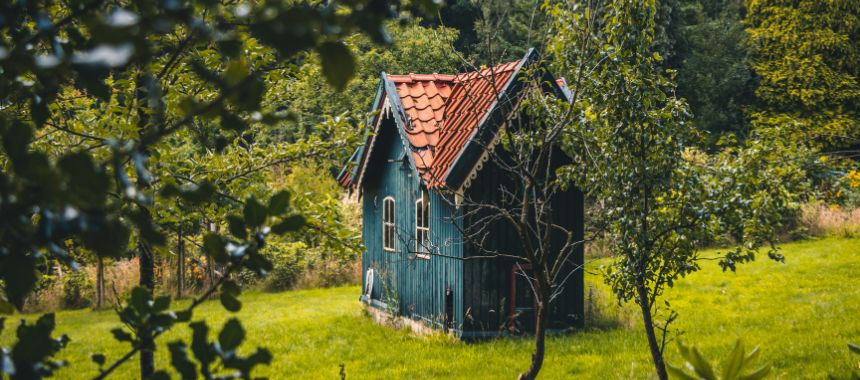
Building codes
Building codes may pose an additional challenge. For illustration, jurisdictions may demand that ceilings be a specific height or a window be large enough to be used in an emergency. To avoid problems later on, submit building plans with the municipality to explore what they have in mind, as they may be willing to make exceptions.

Financing
You will likely not need a mortgage to finance your tiny loft. After all, the entire cost of a tiny house might be comparable to a down payment on a conventional home.
If you need finance, getting a bank to underwrite a loan for a tiny house might be tough, especially if your home is mobile. Most individuals do not get approved for a mortgage to build or buy a tiny house.
However, there are other options that you can try. Small, independent banks may be more inclined to approve your loan. You can look into lending programs offered by some tiny-house builders. Additional choices include personal loans, RV loans, crowdsourcing, and home equity financing.
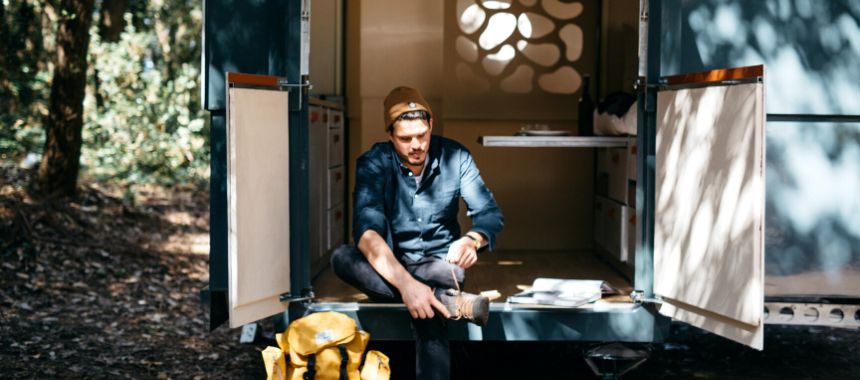
Things to Consider Before Buying a Tiny Home
Limited Space
Because of the small space, a tiny loft might appear congested faster than a bigger one.
If you enjoy playing the piano, it’s unfortunate that you can’t take the instrument to your new home. It’s also important to consider who will be sharing your living space. A single person may find living in a little house simpler than a couple or a couple with children.
Extreme Weather
If you’re in a country prone to hurricanes, tornadoes, severe rain, or earthquakes, you must take precautions to protect your living space. Following current requirements for mobile homes, adding storm shutters, and anchoring your house are great suggestions.

Entertaining Visitors
If you like inviting over your friends, you need to reconsider your small home designs or reduce the guest list.
Insurance Problem
Some insurance providers specialize in tiny homes, which may be worth investigating. Insurance may get more complicated if your house is transportable and qualifies as an RV.
Most tiny house owners do not qualify for home insurance since the financials do not match up.
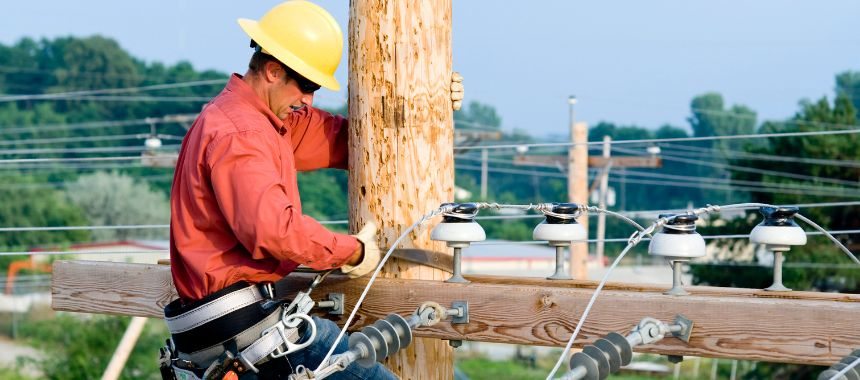
Internet and Utilities
Internet speed and utilities depend on where your house is located. Things may become more difficult if your home is movable or you opt to camp in an “off-grid” location. Consider getting composting toilets, solar electricity, and rainwater collection are all alternatives.
Regarding internet connection, you can use your phone to establish a hotspot, invest in a longer-range antenna, or subscribe to a wireless satellite provider.
Rounding Up
The tiny homes movement is picking up steam as more people realize that bigger isn’t always better. In fact, they’re beginning to see that the smaller the home, the more freedom they have to live how they want.
Whether you’re interested in building your own tiny homes or buying one, the team at Leland’s Barns & Sheds would love to help you get started. Give us a call at 817-768-5199 or contact us, and one of our team members will reach out to you.
